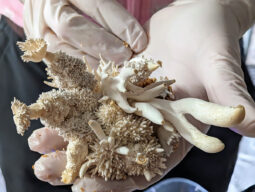
Wild, local mushrooms can break down deadwood into healthy soil, and they can do this surprisingly fast. Used correctly, fungi are an emerging way to reduce the forest tinder that makes mega-wildfires more likely. But there’s a wrong way and a right way to use mushrooms for mitigation Our experts today will talk about the ways that are safe for the environment, and the results.
Our experts today are Jeff Ravage of the Coldfire Project and Zach Hedstrom of Boulder Mushroom . They describe efforts underway to use mushrooms to break down deadwood into soil — to reduce forest tinder and also for sequestering carbon in soil.
Host/Show Producer: Shelley Schlender
Listen to the show here:
Podcast: Play in new window | Download (Duration: 26:11 — 30.0MB)
Subscribe: RSS



 In this week’s How on Earth, Beth speaks with author John Vaillant about his new book, Fire Weather: A True Story from a Hotter World. He explores the phenomena of fire, the wildland urban interface, and climate change in the context of a precedent-shattering combustion in a modern city.This colossal wildfire in Alberta in 2016 almost consumed a city of nearly 100,000. In the process the fire blew up expectations and responses to wild fires. Vaillant gives an in depth exploration of the rapidly changing relationship between fire and humankind along with personal stories of loss and bravery on the front lines of this horrifying event.
In this week’s How on Earth, Beth speaks with author John Vaillant about his new book, Fire Weather: A True Story from a Hotter World. He explores the phenomena of fire, the wildland urban interface, and climate change in the context of a precedent-shattering combustion in a modern city.This colossal wildfire in Alberta in 2016 almost consumed a city of nearly 100,000. In the process the fire blew up expectations and responses to wild fires. Vaillant gives an in depth exploration of the rapidly changing relationship between fire and humankind along with personal stories of loss and bravery on the front lines of this horrifying event.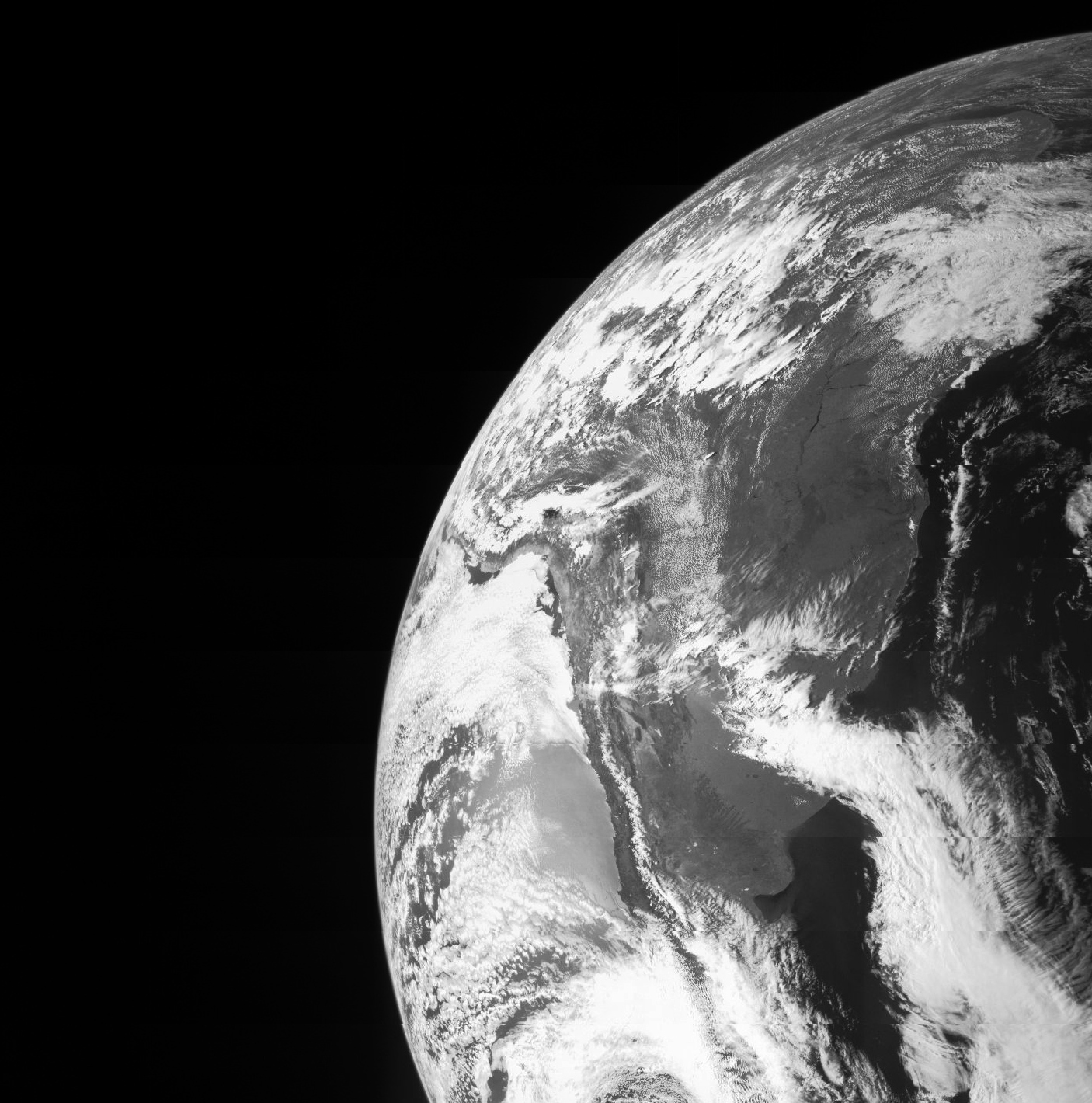
 For our first show in 2014 we offer two feature interviews:
For our first show in 2014 we offer two feature interviews: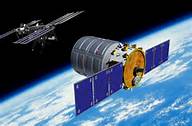 Feature #2: In expectation of the first official cargo flight of the
Feature #2: In expectation of the first official cargo flight of the 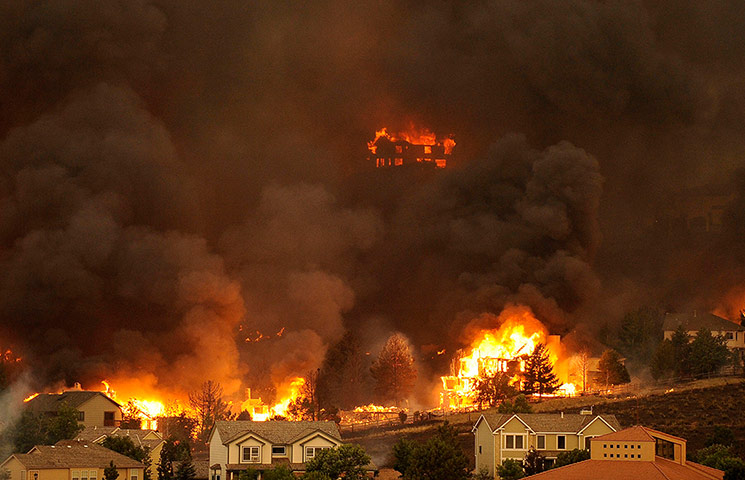
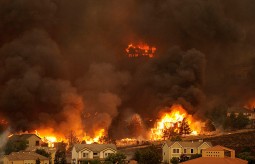 With record high temperatures along with record low snowpack, the Colorado Front Range has been ravaged by increasingly expensive wildfires. For today’s show, How on Earth brings in two fire experts for a panel discussion.
With record high temperatures along with record low snowpack, the Colorado Front Range has been ravaged by increasingly expensive wildfires. For today’s show, How on Earth brings in two fire experts for a panel discussion.